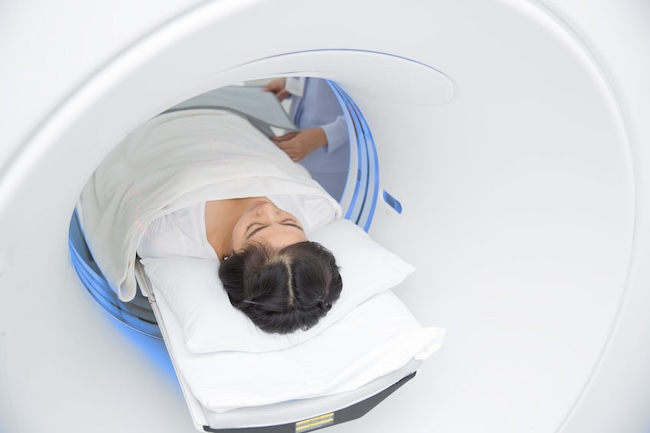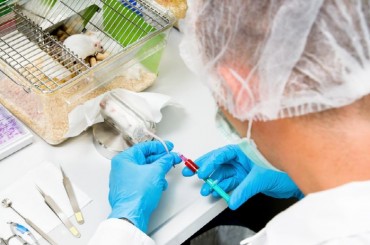
South Koreans underwent an average of 7.7 medical radiation examinations per person last year. (Image courtesy of Korea Bizwire)
SEOUL, Aug. 28 (Korea Bizwire) – South Koreans underwent an average of 7.7 medical radiation examinations per person last year, including X-rays and CT scans, according to a report released by the Korea Disease Control and Prevention Agency (KDCA) on August 26.
This figure represents a 13% increase from the previous year and is approximately seven times higher than rates in countries like the United States and Switzerland, prompting calls for more judicious use of these diagnostic tools.
The KDCA’s 2023 National Medical Radiation Usage Report revealed that South Koreans received a total of 398 million medical radiation examinations last year.
The collective radiation exposure for the population reached 162,106 man-sieverts, with an average individual exposure of 3.13 millisieverts.
These numbers significantly exceed global averages.
For comparison, the annual per capita medical radiation examination rates in other countries are markedly lower: 1.1 in the United States (2016) and Switzerland (2018), 0.5 across 36 European Union countries (2014), and 1.4 in Russia (2015) and Germany (2009).
The global average stands at 0.6 examinations per person annually.
The trend shows no signs of slowing, with both examination numbers and radiation exposure levels increasing steadily over the past four years.
Examinations have risen by an average of 9% annually, while radiation exposure has climbed by 8.3% each year.
Breaking down the types of examinations, general X-rays accounted for the largest share at 77.2% (6 per capita), followed by dental X-rays (4%), mammography (5.4%), and CT scans (4%).
However, CT scans were responsible for the highest proportion of radiation exposure at 67.3% (2.11 millisieverts per capita), despite representing only 4% of total examinations.
“Considering that CT scans account for 67.3% of total radiation exposure but only 4% of examinations, it’s clear that CT delivers the highest radiation dose per exam among radiological procedures,” a KDCA official stated.
“This underscores the need for more appropriate utilization of CT technology.”
Lina Jang (linajang@koreabizwire.com)






